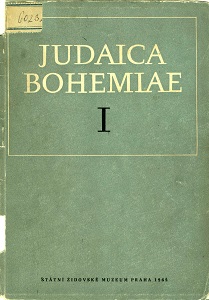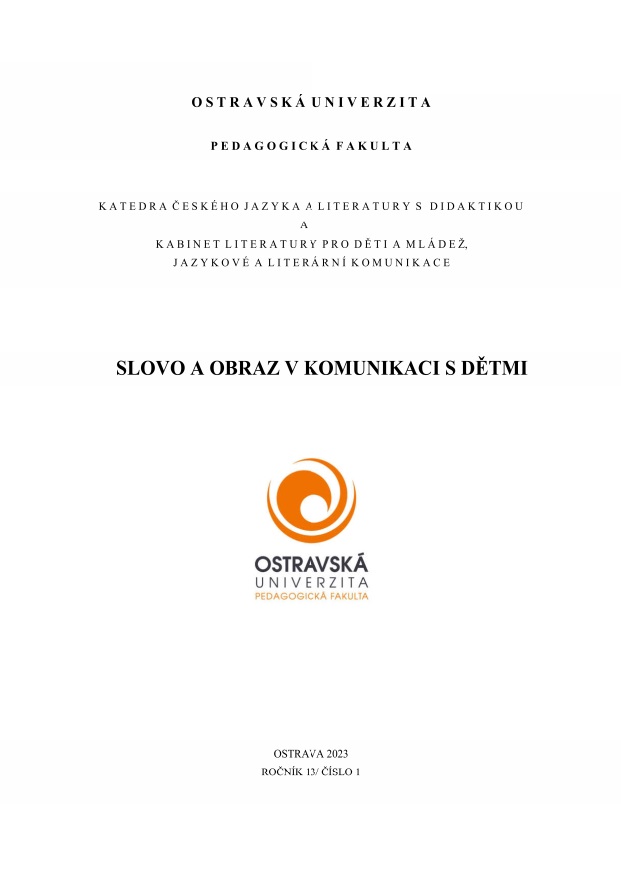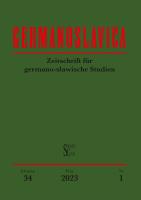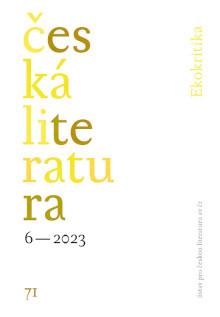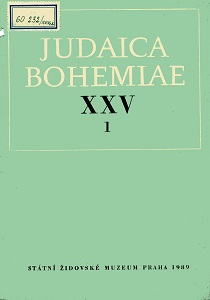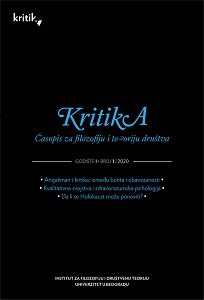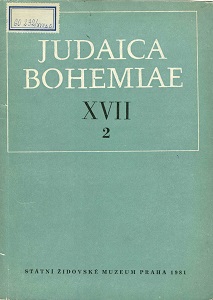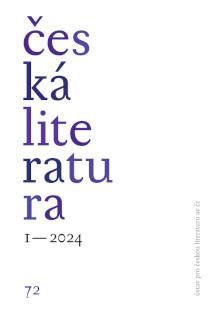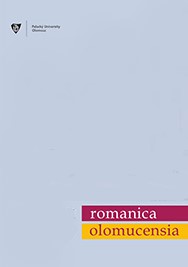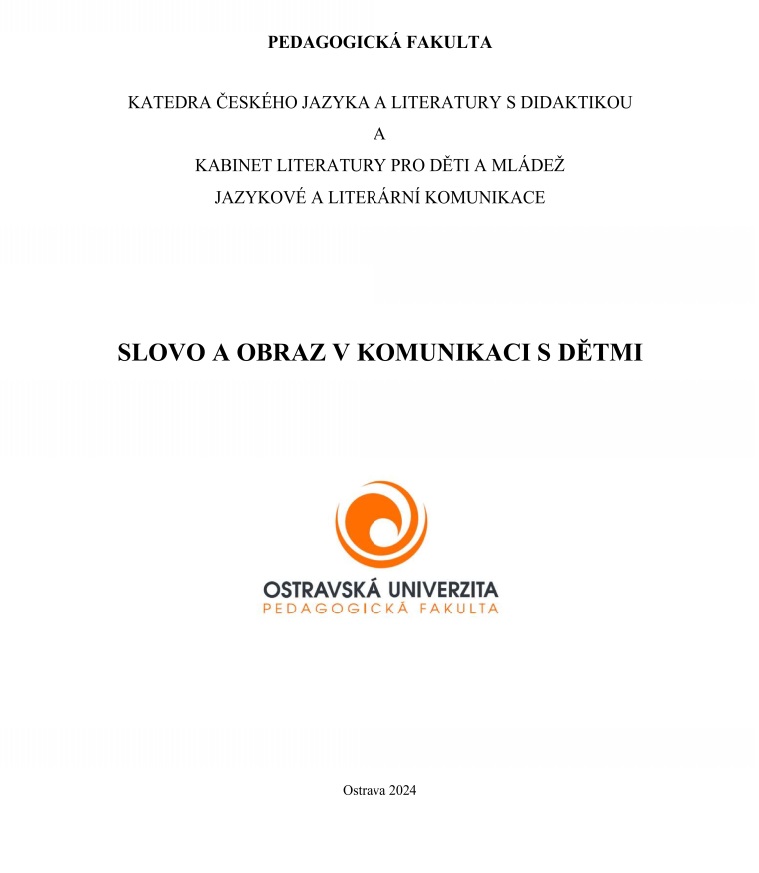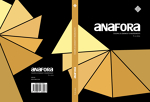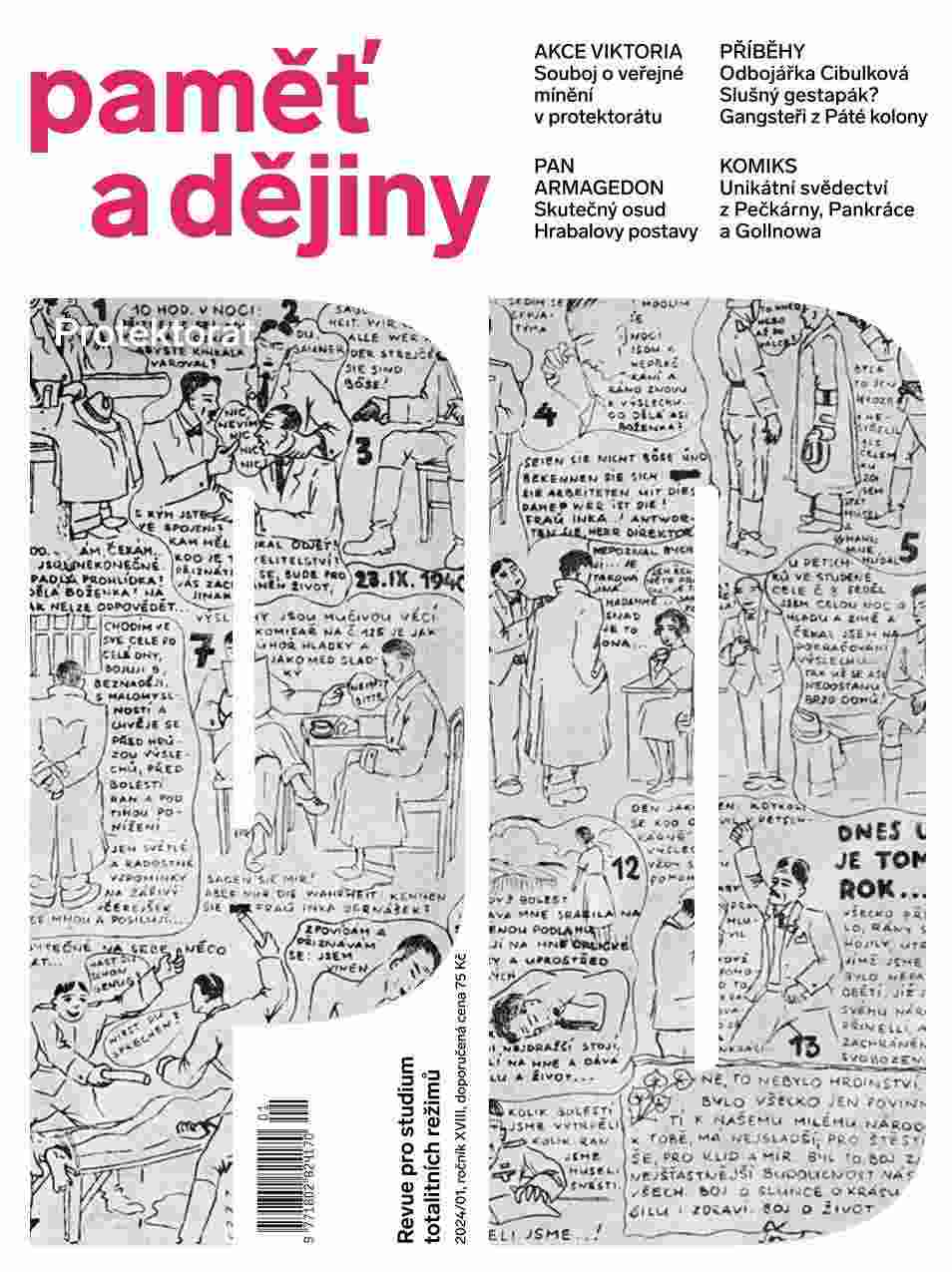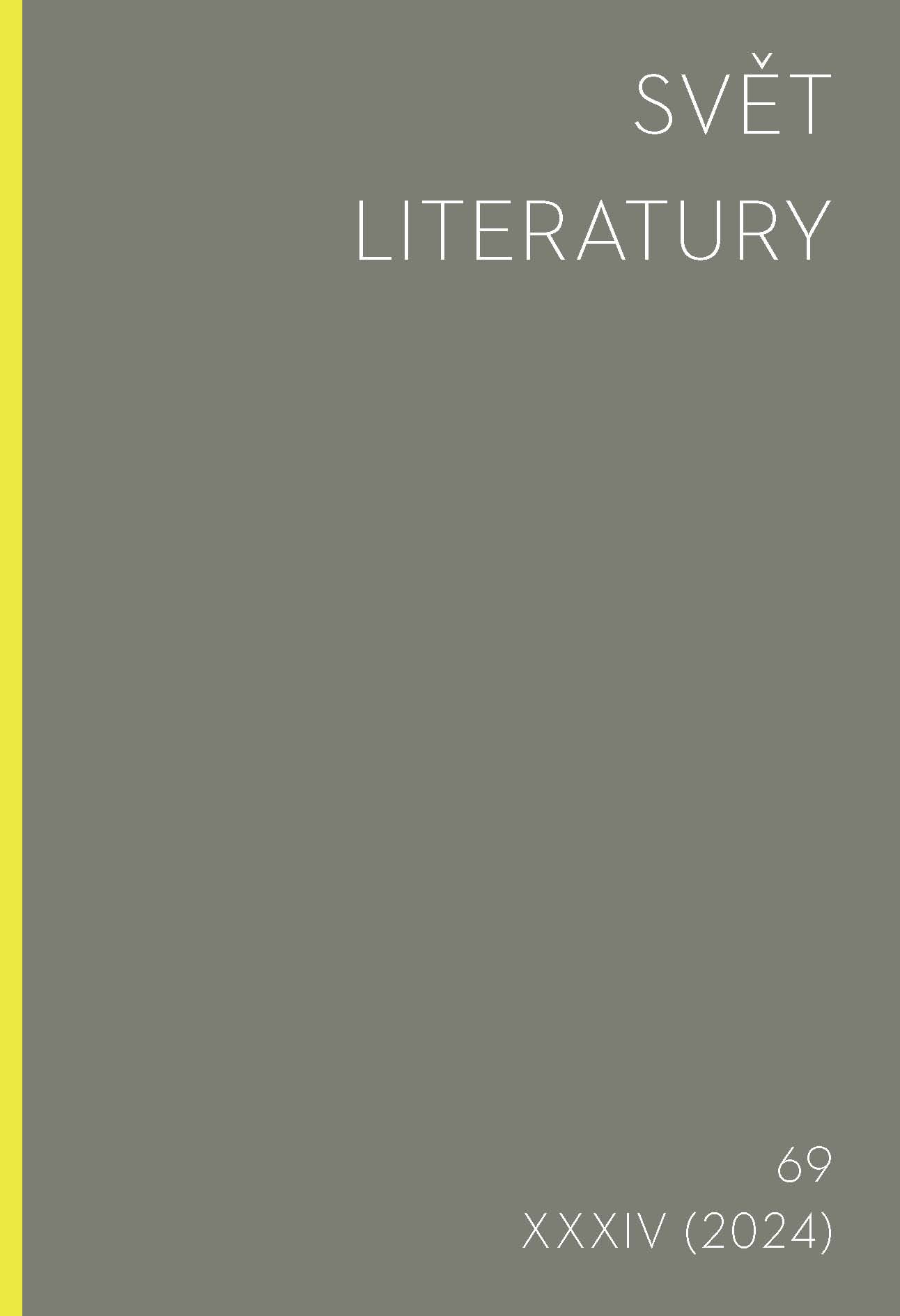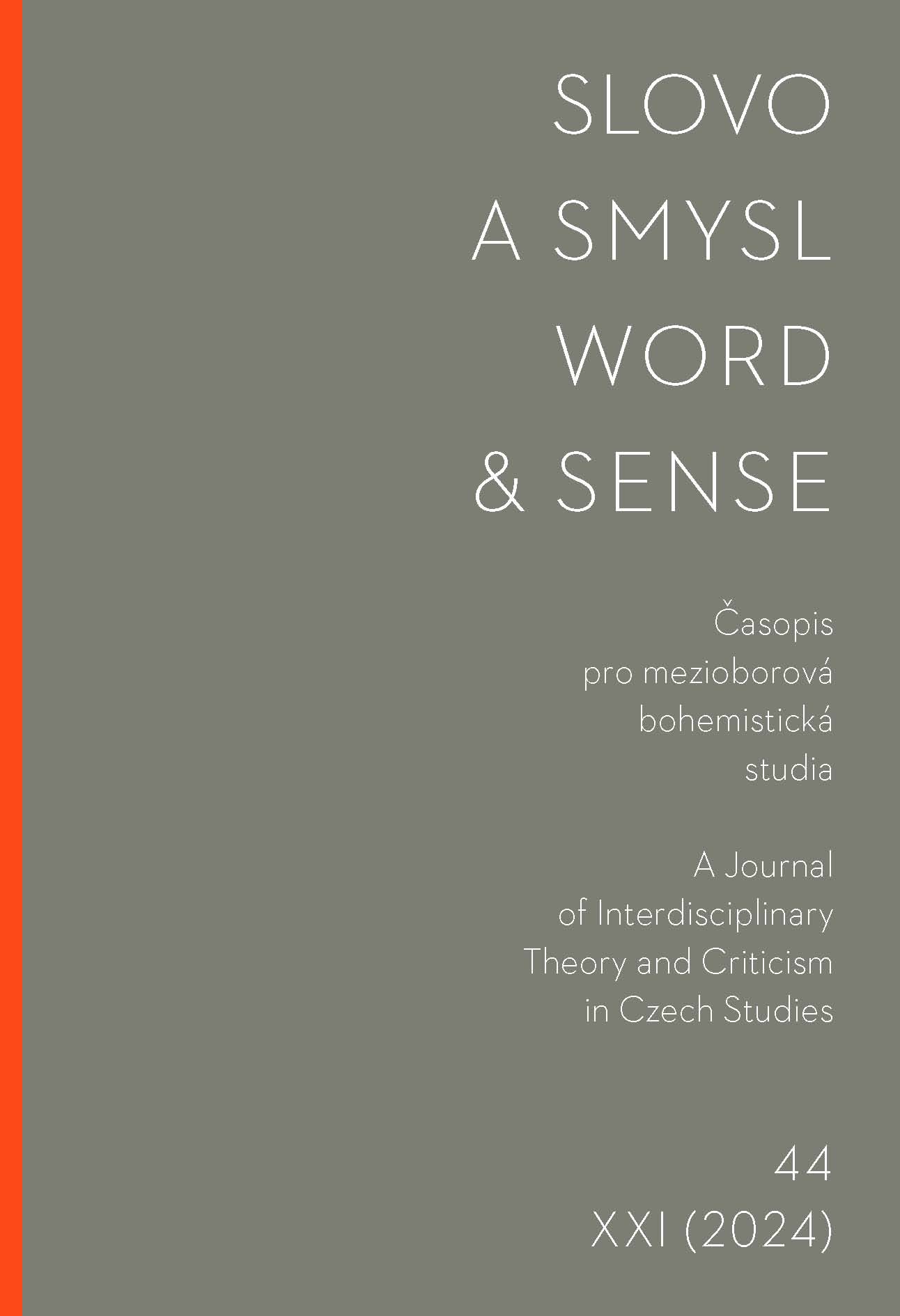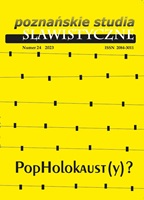
Ambiwalencja jako próba odzyskania autentyzmu w reprezentacji Szoa. Przykład Arnošta Goldflama
The starting point for this research is the crisis in discourse and pedagogy related to the representation of the Holocaust, as well as the crisis of empathy in its perception, signaled by, among others, Ernst van Alphen. With the passage of time increasing numbers of representations appear that push the boundaries of inappropriateness, requiring new approaches and new scientific findings. The Czech playwright Arnošt Goldflam, a representative of the second generation of survivors and at the same time an artist associated with the independent culture of the 1960s and 1970s, uses the category of ambivalence in his plays about the Holocaust, which may be considered as flirting with inappropriate representations of Shoah, leading to a convincing attempt to overcome its crisis.
More...
